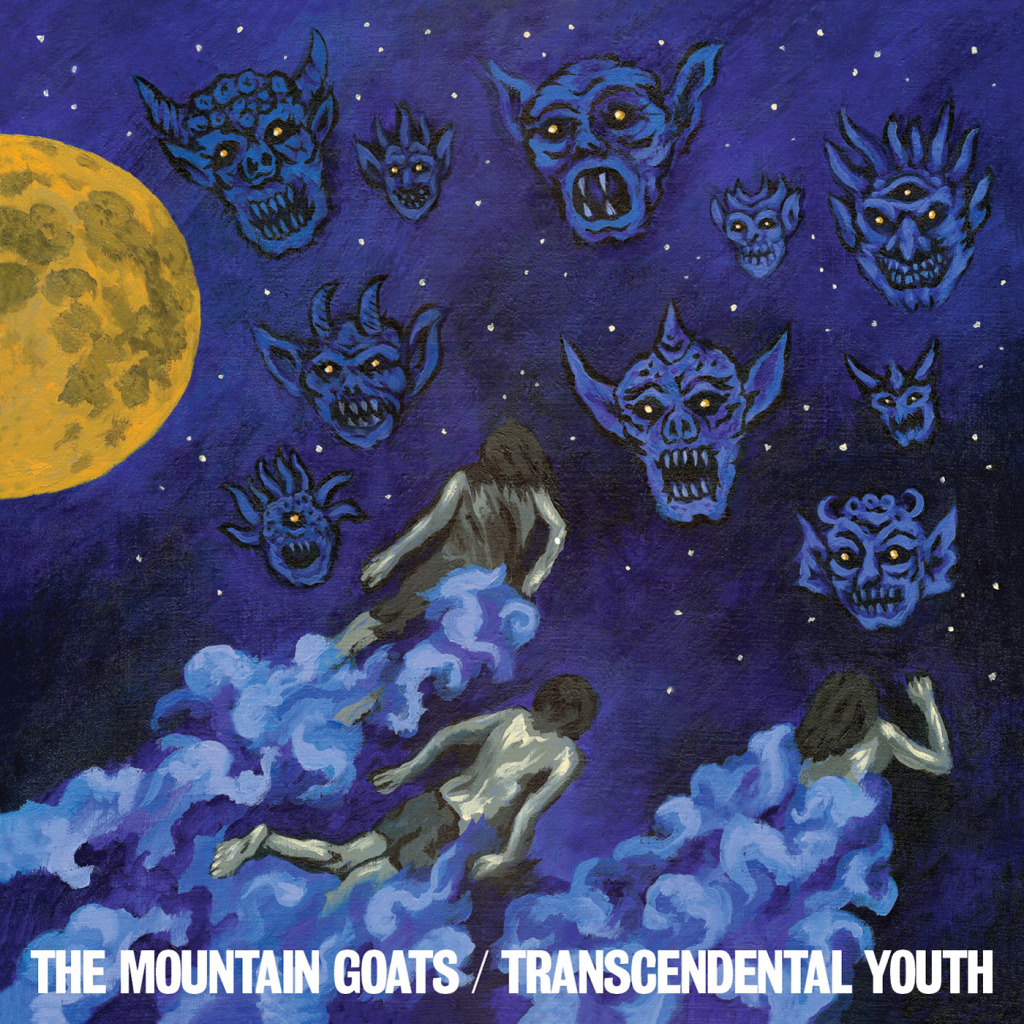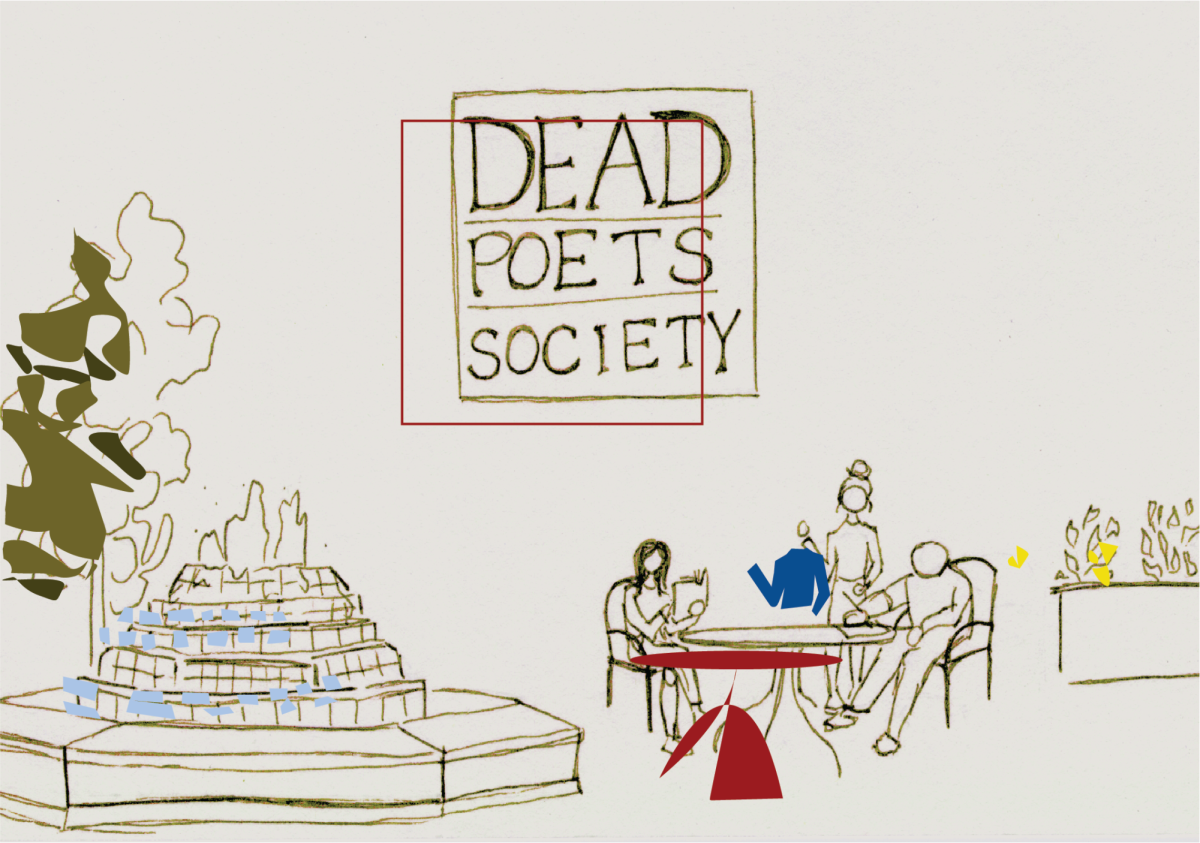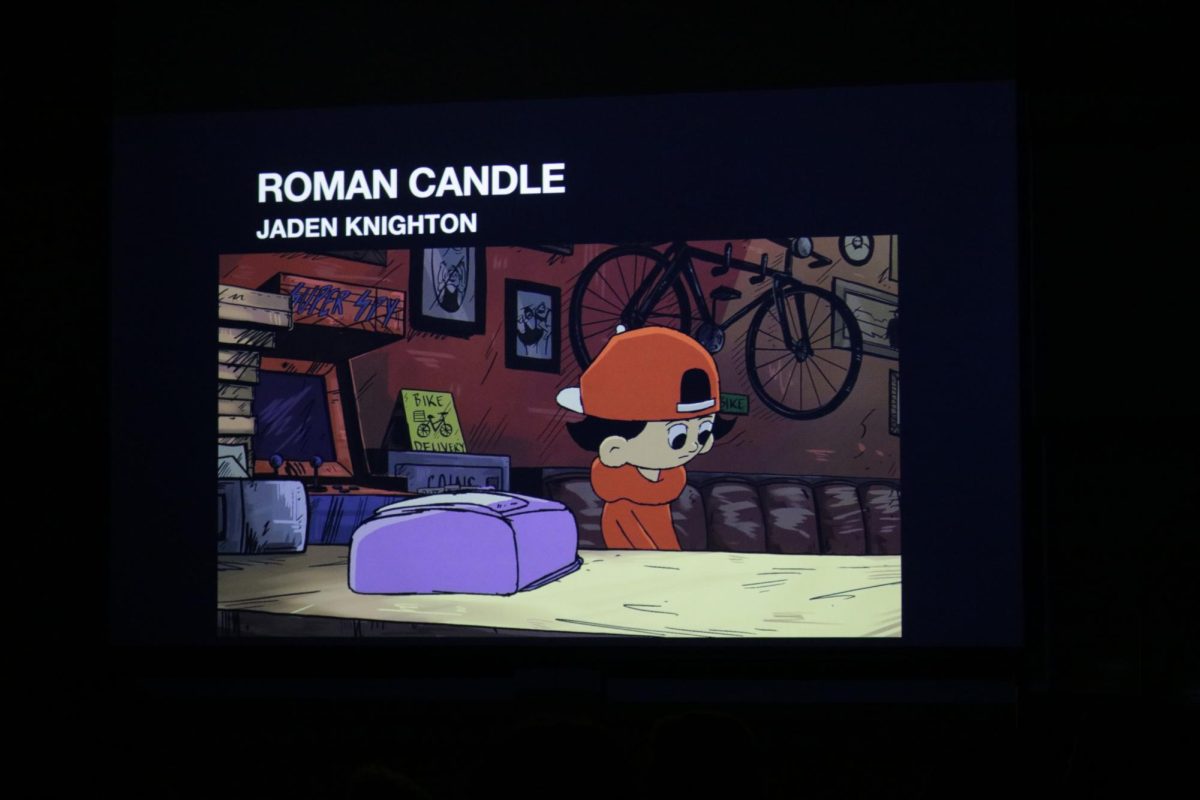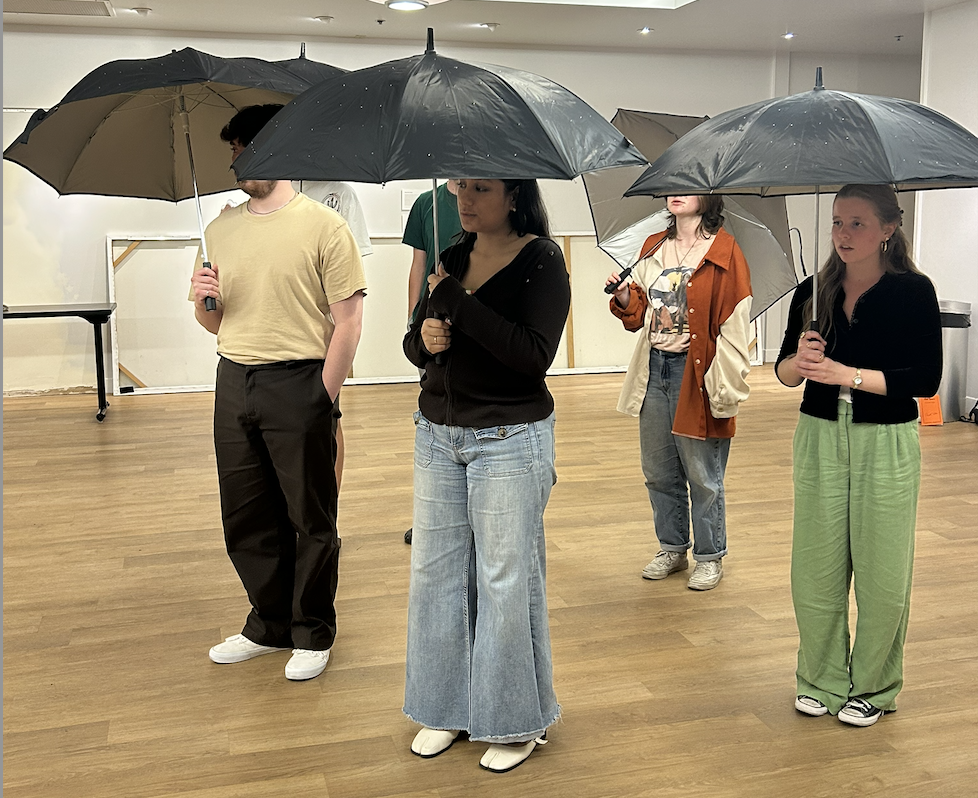I love discovering new bands, especially ones that defy the expectations of their band name and album cover art. I was first introduced to The Mountain Goats when being assigned to review their latest. I found a preview released through Rolling Stone Magazine and did three listens. This band was great, such a fun whimsical sound! So I had to learn more about this band.
The band has released 13 albums prior to “Transcendental Youth,” since their debut in 1994. They have accrued a fan base through the years that has been increasing exponentially since. Founded by singer/songwriter John Darnielle, The Mountain Goats are a folk rock group that blends the indie music scene with the jangle of bluegrass, with interludes of ska in between. The combination of sounds is as fun as you would imagine.
The lyrics, however, offer a contradiction to the whimsicality. While the tunes are upbeat, even bouncy, the lyrics carry darkness to them, making the haunt of their songs subtly linger. It took me a few tracks to realize that the music was not as happy as it sounded; in fact, the lyrics by themselves would have made me quite anxious had they been set to a different tune. I always enjoy such a juxtaposition and it made me enjoy the album more, making me more mindful of the lyrics and more moved by the melodies.
Instruments conjure up memories of Neutral Milk Hotel
Their instrumentation is eclectic, which makes it interesting if you can distinguish each different sound. Darnielle’s voice sails the same ship as Jeff Mangum from Neutral Milk Hotel, a nasal whine but in a cool way. Unlike Neutral Milk, the band as a whole is a more active presence so each individual part of the music is not so dissectible. The interplay between the lyrics, the respective musical talents, and the composition of the music is blended into one cohesive musical experience, which makes the album more enjoyable — but less interesting in my opinion. When I come across an album wherein lies the ability to dissect a song on the grounds of each individual aesthetic, I think of it as such a great phenomenon because it reveals the nuanced complexity in every step and lends easily to appreciation of the talents. When all the sounds seem to run only in synchronization, the album becomes lost in generalization.
The track midway through the album, “The Diaz Brothers,” has a driving piano rhythm reminiscent of Ben Folds Five, and a catchy chorus; it was one of the few tracks to stick out. “Harlem Roulette” opens with a guitar riff that instantly leads to a slight head bob, which becomes more exaggerated when the snaps and snare come in.
All the songs can sound the same despite quirkiness
I would say this album is probably best to listen to while driving. It has very high energy but is not very loud or wearisome to listen to, which easily lends it to repetitive listening. However, listening to it is so easy you might forget you’re even hearing it in the first place; the tracks blend together for their similarity in sound and magnitude. The lack of a memorable single midway through the album is responsible for the vacuum.
But I can see this easily being an album fondly remembered much like “I’m Wide Awake It’s Morning” by Bright Eyes or Neutral Milk Hotel’s “In The Aeroplane Over the Sea,” a solid album that blends the raw music of folk with the experimental electrics of indie music. It’s really hard for me to find a point of connection between the tracks on this album. Granted, it’s not meant to be a concept album, but when the songs don’t seem to be connected by at least an overarching theme, it seems less crafted. I like crafted albums. Here, I still don’t know what “Transcendental Youth” means.
Overall, the album is good for several listens, but there is a lack of distinction between tracks. Even after I had listened to it three times, I was unable to even recall the individuals. It’s entertaining for the ears, but it doesn’t make deep impact on the head or the heart.







